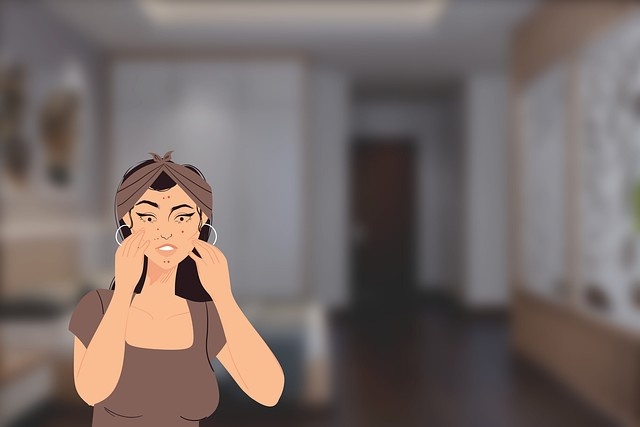Skin irritation caused by conditions like rosacea wart often impacts comfort and confidence. Managing these conditions involves understanding their symptoms, triggers, and addressing them effectively. By focusing on consistent care and practical solutions, individuals can reduce irritation and maintain healthier skin.
Understanding Skin Irritation
Skin issues such as rosacea and warts cause physical discomfort and visible reactions. Rosacea often leads to redness and inflammation, particularly on the face, while warts appear as small growths on the skin caused by the human papillomavirus (HPV). Both conditions irritate the skin, though their triggers and treatments vary. Chronic irritation requires attention as it could worsen over time when left unmanaged.
Environmental factors, skincare routines, and individual reactions can increase irritation. Chemicals in skincare products, exposure to harsh weather, and physical agitation often exacerbate symptoms. Understanding these contributing factors helps tailor an approach that reduces skin sensitivity and promotes long-term relief.
Symptoms and Skin Reactions of Rosacea Wart
Rosacea primarily presents with persistent redness across the cheeks, nose, or forehead. Many individuals also experience visible blood vessels, swelling, and acne-like bumps. Triggers vary, ranging from sun exposure and alcohol consumption to stress and spicy foods. It creates sensitivity that may worsen when using certain skincare products or after exposure to heat.
Warts differ from rosacea but similarly irritate the affected areas. They appear as small, rough growths on the skin, commonly found on fingers, feet, or face. They sometimes itch or feel tender when exposed to friction or pressure. Warts result from a viral infection, so their irritation intensifies when scratched, potentially leading to further spread. Addressing the symptoms early helps avoid prolonged discomfort or complications.
Managing Skin Irritation From Rosacea Wart
Practical lifestyle changes and adjustments to daily routines significantly reduce irritation associated with both conditions.
Skincare Routine Adjustments
Using gentle, non-irritating skincare products is an effective step. Daily cleansing removes excess oil and dirt, while fragrance-free moisturizers maintain hydration without exacerbating sensitivity. Sunscreen application helps counteract the effects of UV exposure, a common rosacea trigger. Products designed specifically for sensitive skin often support healing.
For warts, avoid picking or scratching the affected areas. This decreases the risk of further irritation or spreading. Over-the-counter treatments containing salicylic acid offer targeted care, softening warts for easier removal. Use pumice stones or emery boards to reduce the size of warts slowly but stop if irritation worsens.
Lifestyle Modifications
Avoiding triggers minimizes flare-ups in rosacea and discomfort caused by warts. Keeping a record of triggers such as stress, dietary habits, or weather conditions helps identify patterns for more effective control. Protective clothing shields skin from extreme temperatures or direct contact with irritants.
For warts, ensure proper hygiene. Wash hands frequently, especially if in contact with contaminated surfaces. Wearing foot protection in communal spaces like pools or gyms helps avoid unnecessary exposure to HPV.
Medical Treatments
Several professional treatments help manage skin irritation linked to rosacea wart. Dermatologists may recommend prescription creams or antibiotics for severe rosacea to control symptoms. Laser therapy also reduces redness and improves long-term skin texture.
Warts respond to treatments like cryotherapy, where dermatologists freeze warts using liquid nitrogen, or minor surgical procedures to remove stubborn growths. Persistent cases might also require immune-boosting treatments to address underlying causes. Always follow professional guidance when pursuing medical solutions.
Seek Professional Advice
Managing skin irritation from conditions like rosacea wart involves a combination of routine care and professional support. Addressing the symptoms early reduces pain and discomfort while preventing complications. A dermatologist will provide personalized recommendations, helping refine skincare routines, select treatments, and address underlying triggers. For comprehensive care and peace of mind, consult a skincare expert when needed.

